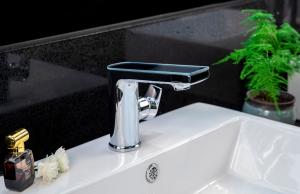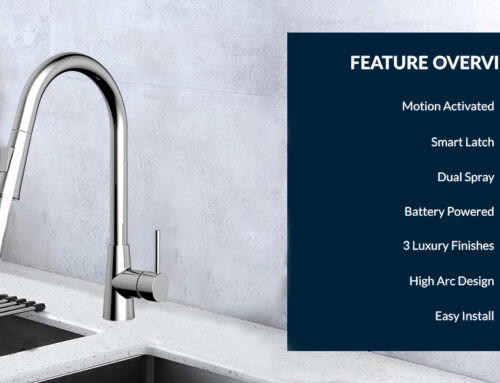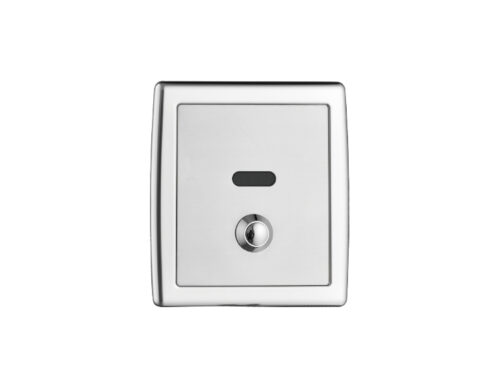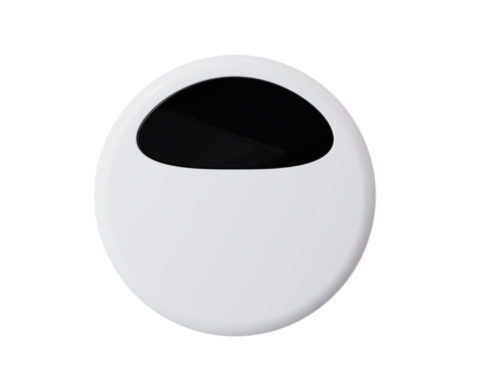Sensor faucets, known by various names such as touchless, motion sensor, automatic, touch-free, electronic, or auto taps, have gained widespread popularity in public restrooms and are increasingly becoming fixtures in homes. Addressing common queries about these innovative fixtures can shed light on their functionality and advantages.
The prevalent type of sensor used in these faucets is the infrared sensor, also called IR sensors. Operating by emitting invisible infrared light every few milliseconds, the sensor detects objects, signaling the solenoid valve to open water flow. The adaptable range and usability in various environments make infrared sensor faucets advantageous.
Using a sensor faucet is simple – place your hands under the spout, and water flows automatically; remove your hands, and the water stops. The convenience and touch-free operation contribute to their appeal.
Sensor faucets are undoubtedly worth the investment. They not only save water and money over time but also serve as an effective measure to curb the spread of germs, especially in high-traffic areas like public restrooms. Their hands-free operation is particularly convenient when hands are full or dirty.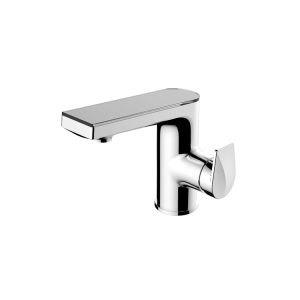
These faucets require electricity, typically supplied through either DC 6V with alkaline batteries or AC power with a transformer. The battery life is around 1-1.5 years, and they can be easily replaced.
Installation is surprisingly straightforward, comparable to installing a manual faucet. However, if issues arise, troubleshooting involves checking for clogs or loose connections in plumbing fixtures.
Touchless sensor faucets excel in hygiene by eliminating the need for physical contact, preventing the transfer of bacteria, and enhancing overall cleanliness in restrooms.
If you need more information about the product or the technology, just contact with us freely!

